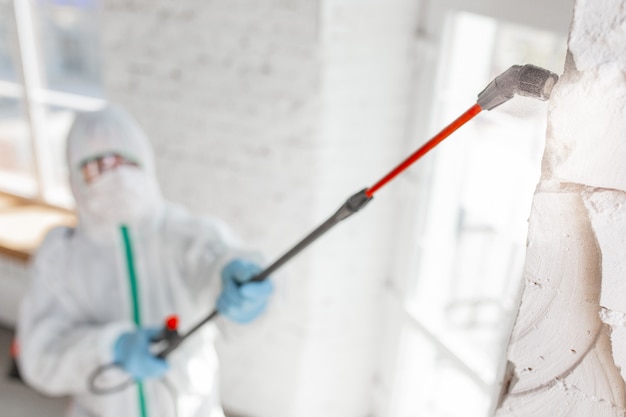
Effective Basement Mold Removal Services Average Cost and Treatment Options
Mold in the basement is a common issue faced by homeowners, especially in areas with high humidity or poor ventilation. Not only can mold lead to structural damage, but it can also pose serious health risks. Addressing mold problems effectively requires understanding the costs involved and the treatment options available. This article aims to provide a comprehensive overview of the average costs associated with basement mold removal services and the various treatment options that homeowners can consider.
Understanding Mold Removal Costs
The cost of mold removal can vary significantly depending on several factors. Homeowners should consider the following aspects when estimating the potential expenses:
- Size of the Affected Area: The larger the area affected by mold, the higher the removal cost. Typically, mold removal costs range from $500 to $4,000 for areas up to 300 square feet.
- Severity of the Infestation: Light mold growth may cost less to remediate compared to extensive infestations that require more intensive treatment.
- Location of Mold: Mold that is difficult to access, such as within walls or ceilings, may incur higher removal costs due to the additional labor involved.
- Type of Mold: Certain types of mold, such as black mold (Stachybotrys), can be more hazardous and costly to remove.
- Professional Services: Hiring professional mold removal services ensures thorough remediation, which might be costlier than DIY methods but provides peace of mind regarding safety and effectiveness.
For more details on what factors influence mold removal costs, read more about this topic.
Basement Mold Treatment Options
The choice of treatment for basement mold depends on the extent and type of mold present. Below are some common treatment methods:
Chemical Treatments
Chemical treatments involve the use of biocides and fungicides to eliminate mold. This method is effective for surface-level mold and is often used in conjunction with other treatments to prevent future growth.
- Biocides are chemical agents that kill mold spores and prevent them from spreading.
- Fungicides specifically target fungi and are often applied as sprays or solutions on affected surfaces.
Learn more in this detailed guide about chemical treatments for mold removal.
Physical Removal
Physical removal involves scraping or cutting out mold-infested materials. This approach is necessary when mold has penetrated porous materials like drywall or wood.
- Involves removing and replacing affected materials to ensure complete eradication of mold.
- Often combined with chemical treatments to ensure any remaining spores are neutralized.
Explore further insights here on physical removal methods.
Moisture Control
Since moisture is a key factor in mold growth, controlling humidity levels is crucial for preventing recurrence.
- Installing dehumidifiers can help reduce moisture levels in the basement.
- Ensure proper ventilation to allow air circulation and prevent dampness.
- Repairing leaks and sealing cracks can prevent water intrusion and mold development.
Find additional information here about effective moisture control strategies.
Conclusion
Effectively dealing with basement mold requires a combination of understanding the costs involved and selecting the appropriate treatment methods. While costs can vary based on several factors, professional mold removal services provide thorough and effective solutions. Homeowners should consider their specific circumstances and consult experts to ensure a mold-free environment. Addressing mold issues promptly not only secures the structural integrity of the home but also protects the health of its occupants. For more comprehensive insights into mold removal, explore further insights here.